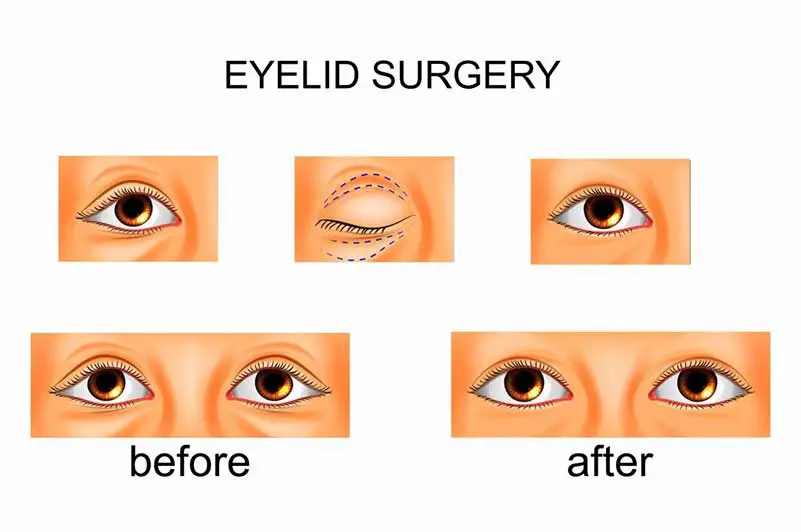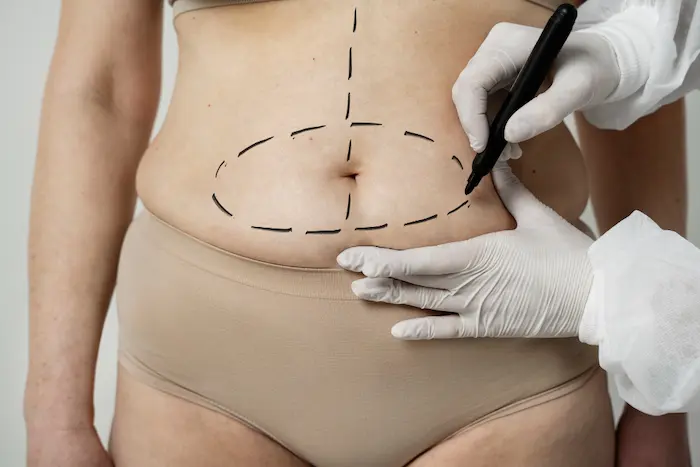
When Should You Opt for Otoplasty or Ear Surgery?
No one would ever pay attention to the ears of an individual in most cases. However, you could not avoid...
No one would ever pay attention to the ears of an individual in most cases. However, you could not avoid looking at ears that are abnormal and significantly distinctive. Deformities in the shape and positioning of ears due to trauma or genetic factors can be painful or embarrassing.
If you are also facing any similar situation, you could opt for a simple otoplasty procedure to resolve the concerns of deformed or abnormally shaped ears. To know whether you can go for an otoplasty procedure, a candid face-to-face discussion with your ear surgeon would be advisable.
Here is detailed understanding of the procedure followed by the scenarios where you would need otoplasty.
What is Otoplasty?
A widely practiced treatment Otoplasty is a type of cosmetic surgery done on the outer portion of the ears. Patients can rely on otoplasty to resolve problems related to positioning, size and shape of their ears. You can opt for otoplasty when:
- You encounter problems with the appearance of their ears.
- You have any deformities in your ears due to injuries or birth defects.
- You don’t have satisfying results from previous surgical procedures.
- You have suffered an injury to your ears in an accident
All these conditions necessitate the need for cosmetic ear surgery to give it an improved appearance.
Who Is Eligible for Otoplasty Procedure?
The basic information about otoplasty showcases how it is useful for treating deformities in the shape and positioning of ears. Are you ready for otoplasty? A clear overview of the conditions to become eligible for the procedure is essential before you choose otoplasty.
One of the first concerns regarding eligibility for otoplasty procedures would refer to the age of patients. Are children eligible for otoplasty? As a matter of fact, children experience the problems of bullying and teasing by other children due to deformed ears.
The good news is that children above the age of 5 years can undergo otoplasty. Be aware that otoplasty is a considerably safe and simple surgical procedure for any individual with fully developed ears. Once the cartilage of the ears has developed completely, i.e., around the age of 5 to 7 years old, you are an eligible candidate for otoplasty.
Apart from age, cosmetic surgeons would also consider many other aspects to determine when you can go for otoplasty. For example,
No smoking: Patients should quit smoking several months before the procedure to avoid any complications and side effects.
No severe health condition: Those opting for otoplasty must be free from any of the following health ailments:
- Clotting disorders
- Lung problems
- Heart disease
The risks of such detrimental health conditions demand additional medications or monitoring to ensure desired outcomes.
No infection: Patients should wait for any existing infections to subdue before going for surgery.
In case you have any of these conditions, it is imperative to get proper treatment before contacting a surgeon for otoplasty.
Conditions where Otoplasty can prove helpful
Injuries or genetic defects can lead to abnormal positioning, shape or size of your ears. In some cases, patients can experience problems with hearing or discomfort and embarrassment. Deformed or protruding ears can also take a heavy toll on the self-esteem of an individual.
The answer to “when to consider cosmetic ear surgery or otoplasty” would not only focus on age and eligibility but also on the condition. With in-depth awareness regarding the type of conditions you can figure out exactly when you can consider a cosmetic procedure.
Here are some of the prominent cases in which you have to choose cosmetic ear surgery to refine the shape, position, or proportionality of your ears.
Microtia
This condition refers to congenital deformities in outer ears. It generally involves narrowed ear canals alongside an almost non-existent ear canal. Microtia can affect one ear or both ears, with 90% of the cases being unilateral, affecting only one ear.
Macrotia
You can go for otoplasty if you encounter problems due to abnormally large ears. The problem of macrotia could emerge from genetic defects or due to the aging process. Interestingly, your ears are one of the organs which keep growing throughout your lifetime.
Keloids
This situation can also qualify as one of the conditions you can treat with otoplasty. It refers to fibrous growth created through the unrestricted development of scar tissue following injuries. Keloids can lead to irregularities in the shape of ears alongside presenting worst concerns in the form of recurring keloids. Another important point about keloids would refer to higher probabilities in the case of people with darker skin, such as people of African, Asian or Hispanic ancestry.
Cauliflower Ear
This next common condition for which you can use otoplasty is evident in situations where the cartilage of the outer ear has been broken due to constant vigorous friction and blunt trauma.
The problem of “cauliflower ears” is common among people participating in contact sports such as football, boxing, mixed martial arts and wrestling. All these games involve frequent impact on the side of the head and grappling.
As a result, the pockets of blood forming beneath the skin swell up the ears. Subsequently, the cartilage folds upon itself, leading to the appearance of puffy and pale ears, looking like a cauliflower.
Cancer Surgery Defects
The ear defects arising from cancer surgery also qualify as one of the notable conditions for which you should choose otoplasty. Cancer removal surgery on the ears for treatment of squamous skin cell cancer or basal cell skin cancer could result in deformities.
Split or Stretched Earlobes
Another prominent condition for which you can seek otoplasty would refer to split or stretched earlobes due to hanging jewelry. For example, heavy or dangling earrings could stretch the earring hole, thereby leading to higher chances of split earlobes. In addition, the use of gauges could also create an irreversible stretch in the earring holes. As a result, you are more likely to be stuck with gaping and sagging holes in your earlobes.
Are You Ready for Otoplasty?
The cosmetic surgical procedure of Otoplasty is simple and easy for anyone who knows when to choose the process. If you are the right candidate for a specific treatment process, you are most likely to obtain the desired results. Identification of the eligibility criteria for otoplasty could help you avoid any unwanted or irreversible consequences in the treatment. Learn more about otoplasty and consult with experts to return your ears to normal without any safety risks right now. Here are some noteworthy pointers on the preparation for the ear surgery and aftercare.
Preparation
Knowing about the instructions to follow before and after the surgery will help you attain the best results. Here are some important points to follow in this regard:
- Avoid medications (If any) around two weeks prior to the surgery
- Avoid smoking around two weeks before and two weeks after the surgery
- Start protecting your ears from sun damage two weeks before the treatment
- Avoid eating or even drinking water after the midnight for the next day surgery
- Put on loose fitting clothes for the surgery
- There should be no eye makeup, facial, or nail polish
- Make sure you have someone to take you back as you won’t be able to drive post surgery
- Follow all the instructions suggested by your surgeon
- After the surgery, take the medicines only as prescribed by the surgeon.
Aftercare
After undergoing the cosmetic surgery for your ears, you should take care of some essential points as advised by your cosmetic surgeon. Here are some of the common ones:
- Do not touch or rub your ears excessively
- Avoid scratching if you feel itchiness at the incision lines
- Wearing a headband would be helpful in protecting your ears
- Keeping your head elevated will reduce the probable swelling, especially when you are asleep
- Don’t expose your ears to extreme sunlight or high temperature
- If you ever notice any discharge oozing out, clean it with a cotton swab and hydrogen peroxide
- Do not enter the swab inside the canal while cleaning the discharge on the out part of your ear
- Healthy diet will facilitate in speedy recovery
Where to look for the best Otoplasty surgeon
Searching for the best surgeon is important, as you don’t undergo the surgery everyday. You should therefore invest considerable time in looking out for a suitable surgeon. To ease out your search regime, you can benefit from the robust database of immensely qualified surgeons existing on our website.
Just search for best otoplasty surgeons in your preferred location and shortlist the befitting ones after going through their profiles. Fix an appointment with them to have an open consultation and finally decide the best surgeon for otoplasty.
To know more about how you can search for the surgeon, you can always connect with one of our representatives.






Comments
Login & Write comment